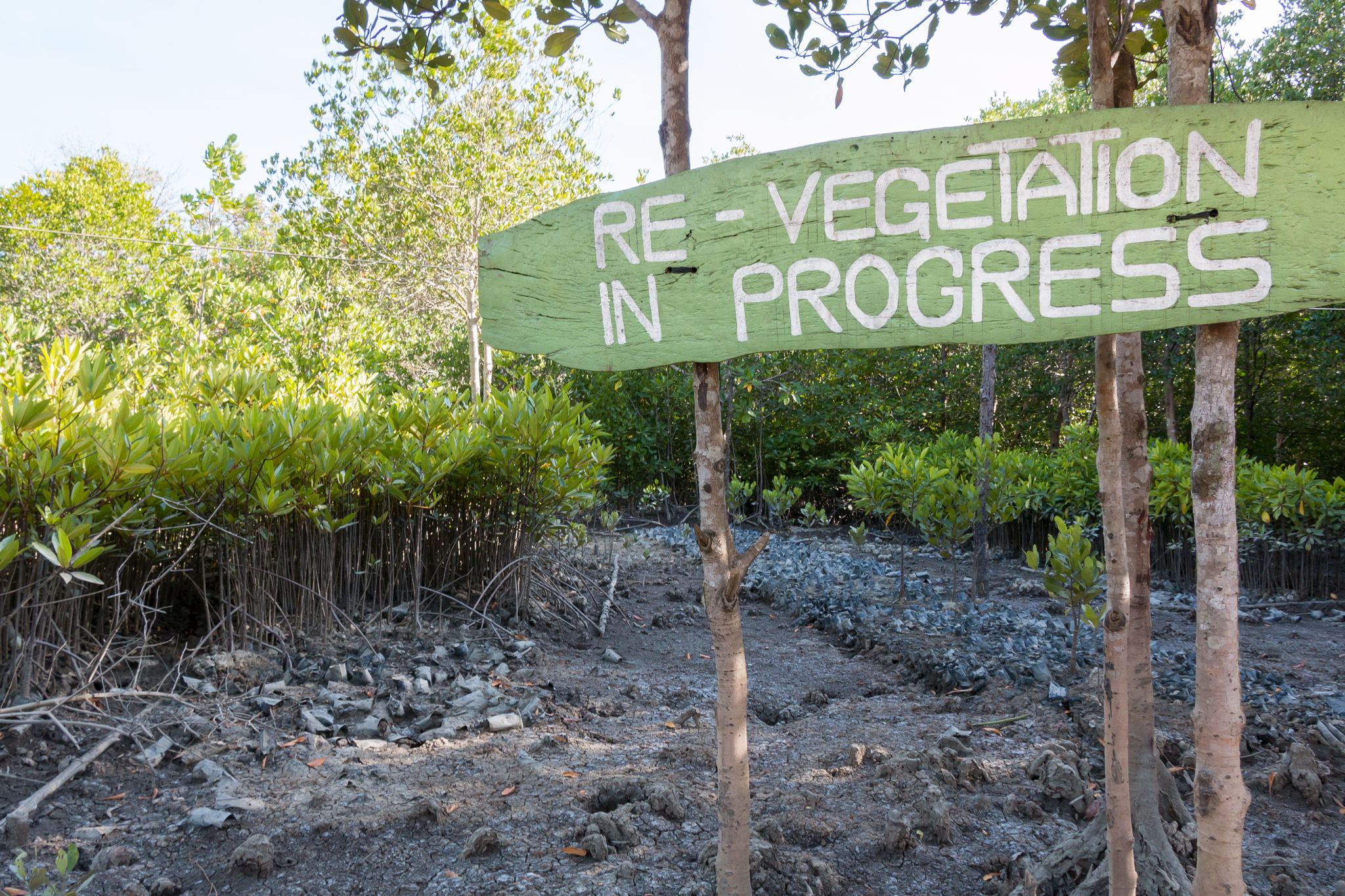Case Study: Successful Mitigation of Environmental Impact in Walton County
Introduction to Walton County's Environmental Challenges
Walton County, known for its picturesque landscapes and thriving ecosystems, has faced significant environmental challenges over the past few decades. Urban development, increased tourism, and industrial activities have put immense pressure on its natural resources. However, recent initiatives have demonstrated that effective strategies can mitigate these impacts, ensuring a sustainable future for the county.
Understanding the need for change, community leaders, environmentalists, and local businesses came together to devise a plan that balances development and conservation. This case study explores the successful implementation of various strategies that have significantly reduced environmental degradation in Walton County.

Collaborative Efforts in Environmental Planning
The cornerstone of Walton County's success lies in its collaborative approach. Stakeholders from various sectors convened to form the Walton Environmental Coalition. This group aimed to create a comprehensive plan focusing on sustainable development, conservation efforts, and public awareness.
The coalition worked to identify key areas of concern, including water quality, habitat preservation, and waste management. By aligning goals across different sectors, the coalition was able to devise strategies that not only addressed environmental issues but also supported economic growth.

Innovative Approaches to Conservation
One of the standout strategies was the implementation of innovative conservation methods. These included the introduction of green infrastructure such as rain gardens and permeable pavements to manage stormwater runoff effectively. Additionally, the county invested in restoring wetlands, which play a crucial role in filtering pollutants and supporting biodiversity.
The introduction of these methods has led to a measurable improvement in water quality and a substantial increase in local wildlife populations. The success of these initiatives has also inspired neighboring counties to adopt similar practices.

Role of Technology in Environmental Management
Technology played an essential role in Walton County's environmental management efforts. Advanced monitoring systems were installed to track air and water quality in real-time. This data-driven approach allowed for timely interventions and informed decision-making.
Moreover, the use of drones for environmental assessments provided detailed insights into hard-to-reach areas, helping in the efficient allocation of resources for conservation projects. The integration of technology not only enhanced operational efficiency but also engaged the local community by providing accessible information about their environment.
Community Engagement and Education
A significant aspect of Walton County's success was its focus on community engagement and education. Various programs were launched to raise awareness about the importance of environmental conservation among residents and visitors alike. Workshops, school programs, and public seminars became integral in fostering a culture of sustainability.
Community-led initiatives, such as clean-up drives and tree planting events, further strengthened the bond between residents and their environment. These efforts not only improved local ecosystems but also instilled a sense of pride and responsibility within the community.

Conclusion: A Model for Sustainable Development
Walton County's journey towards mitigating its environmental impact serves as a model for other regions facing similar challenges. Through collaborative planning, innovative conservation methods, technological integration, and active community involvement, the county has made significant strides in preserving its natural heritage.
This case study highlights the importance of adopting a holistic approach to environmental management, where economic growth and ecological preservation are not mutually exclusive but rather complementary goals. As Walton County continues to thrive, it sets a precedent for sustainable development that others can emulate.